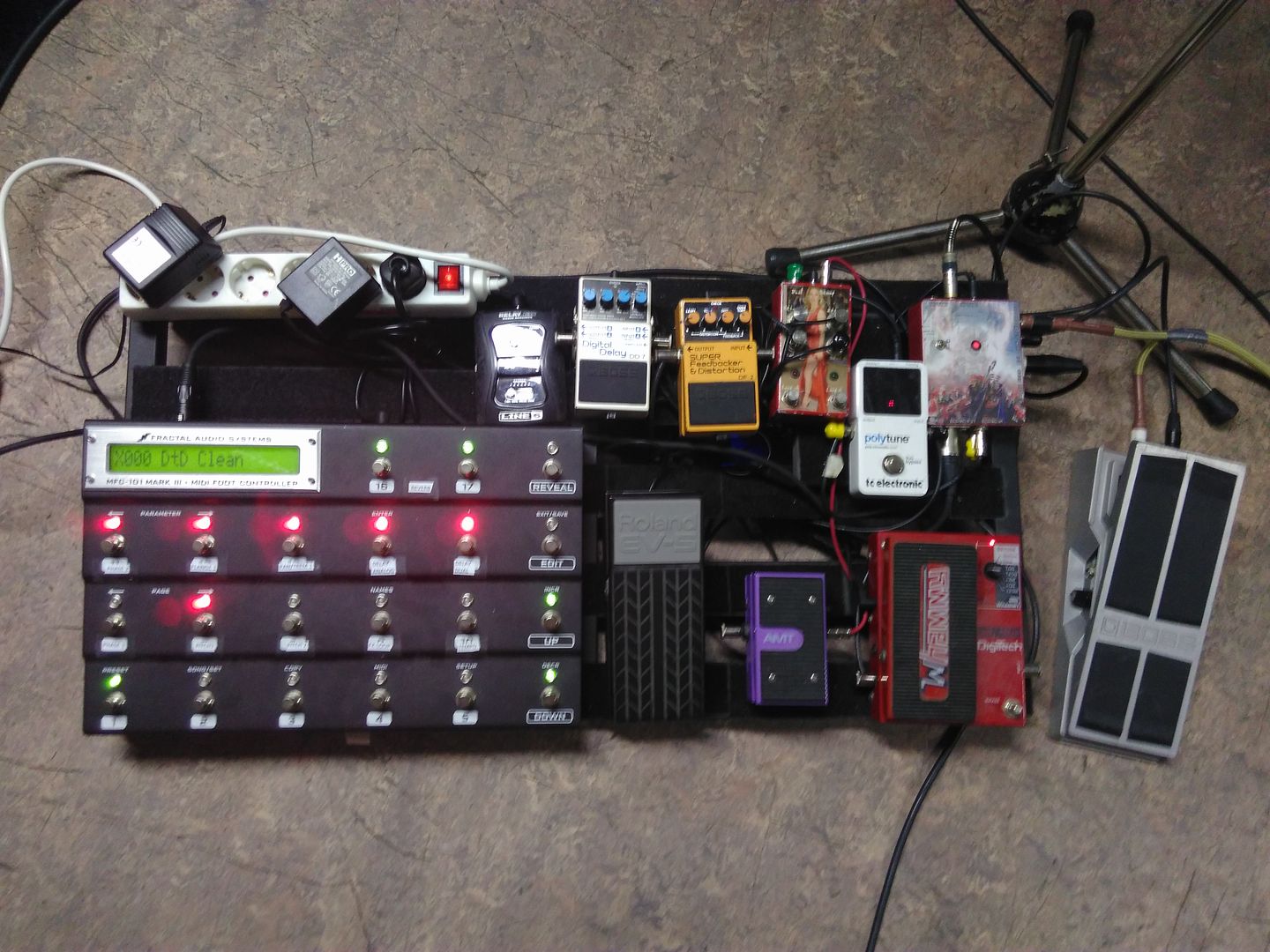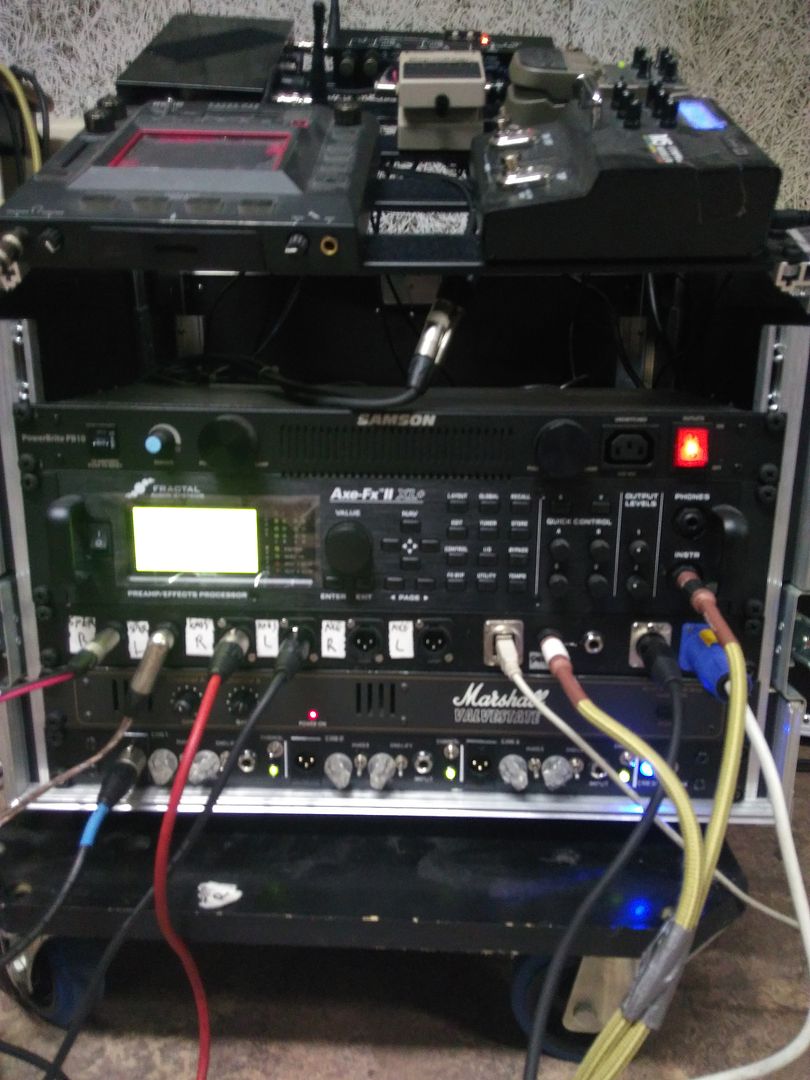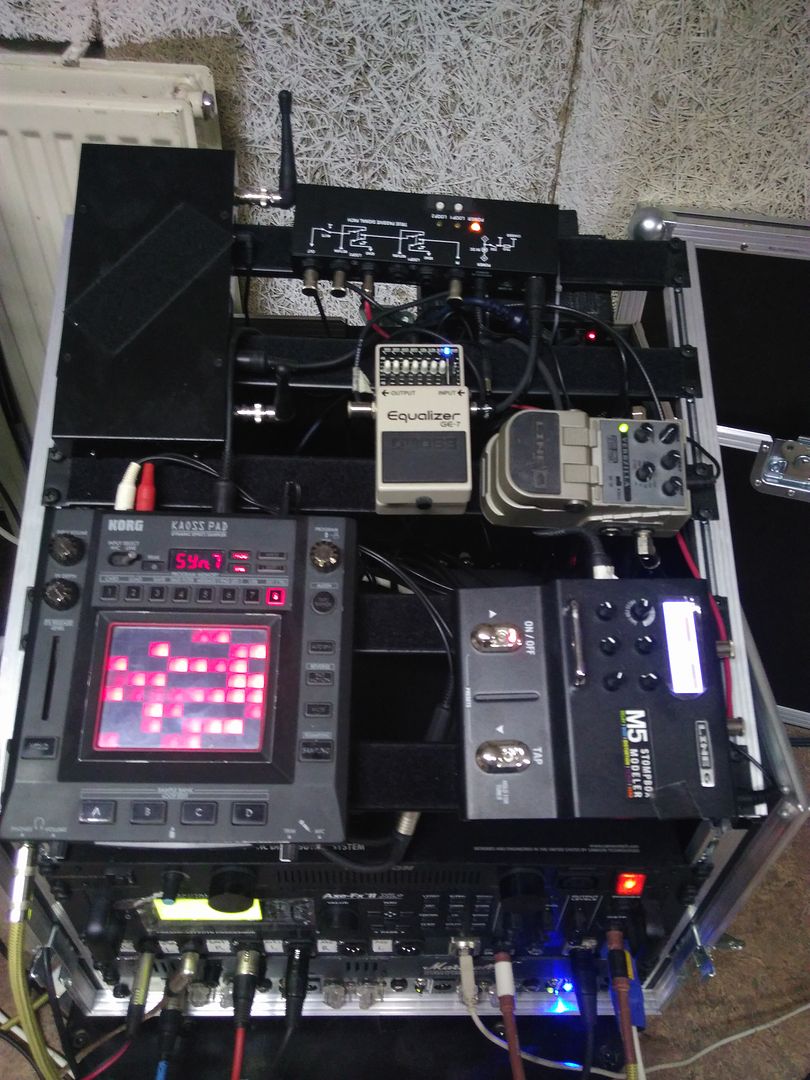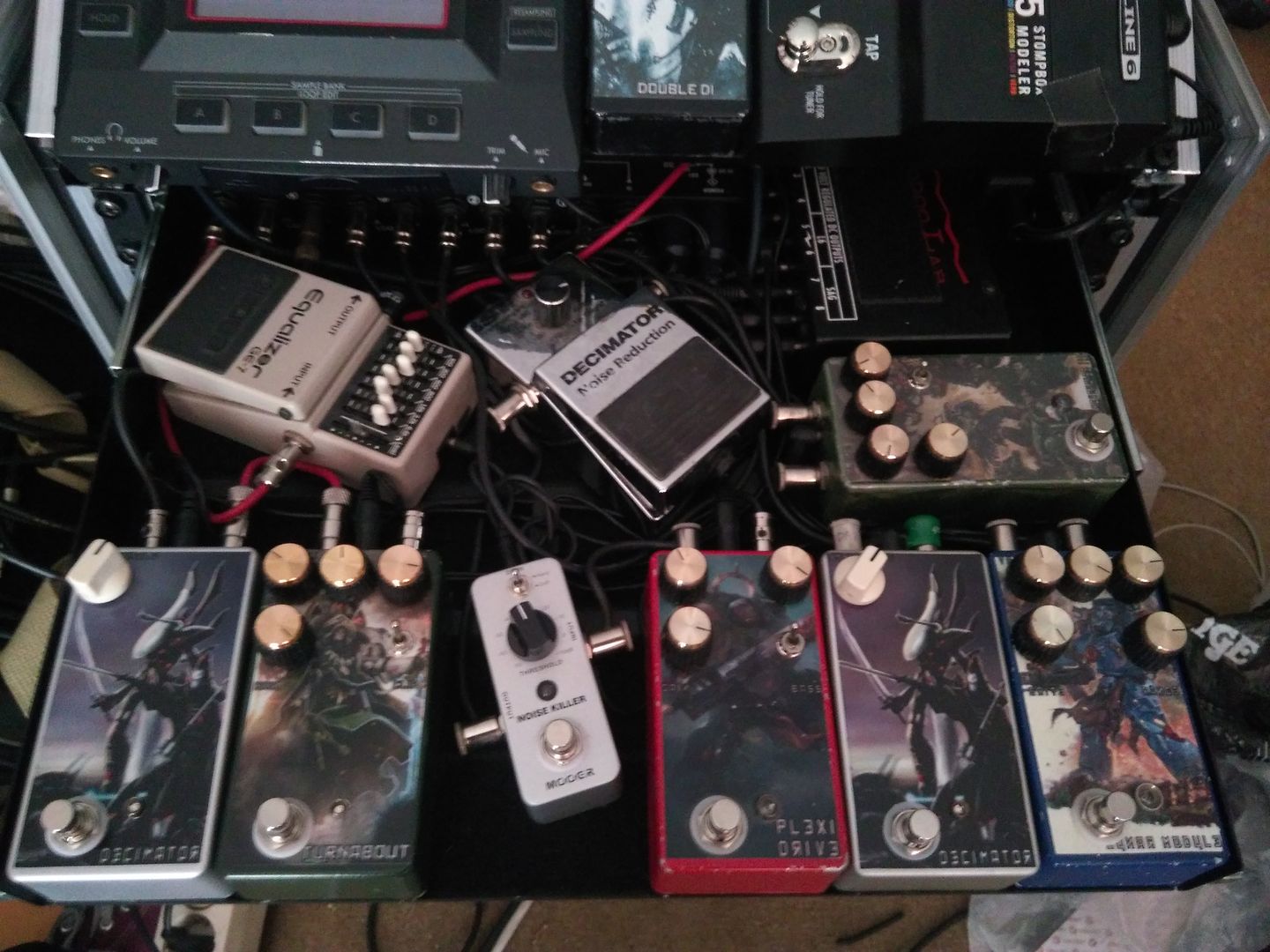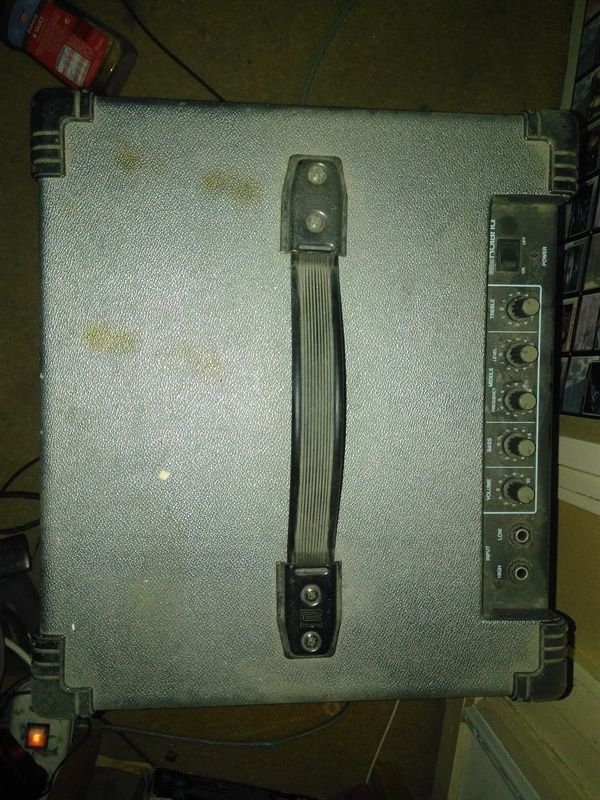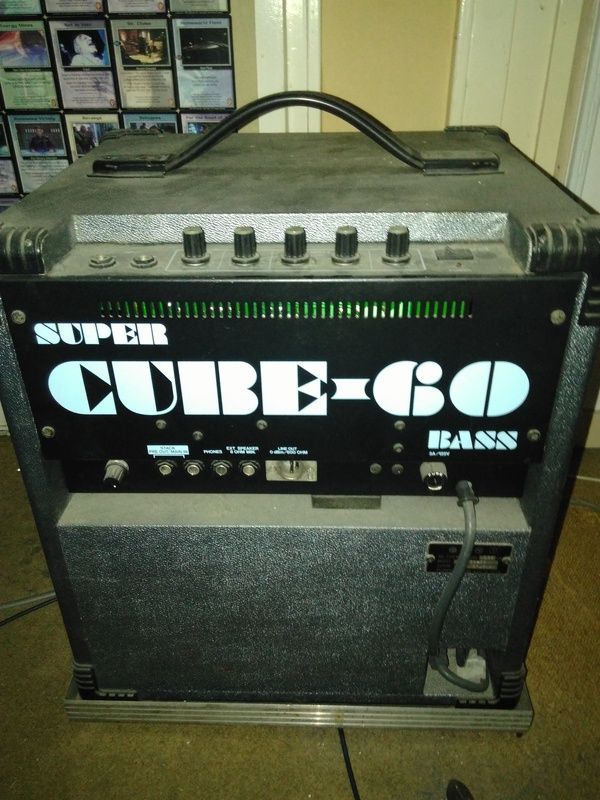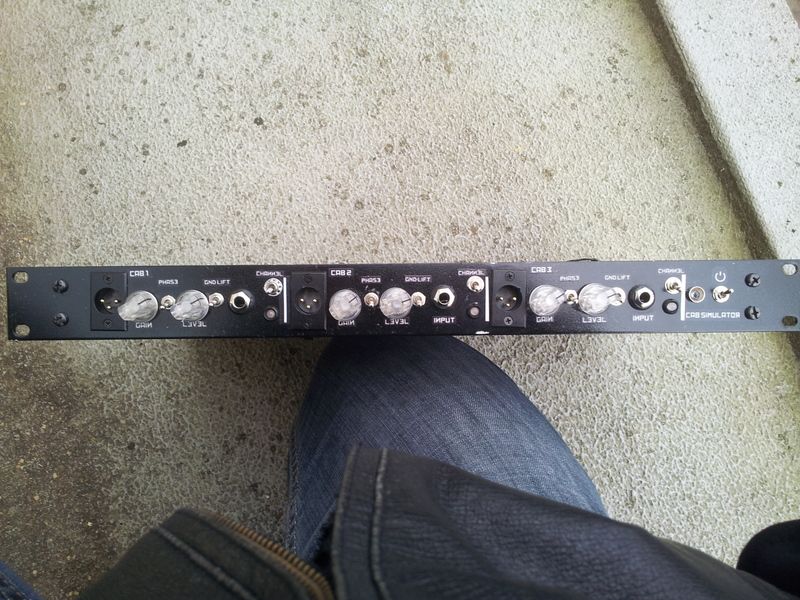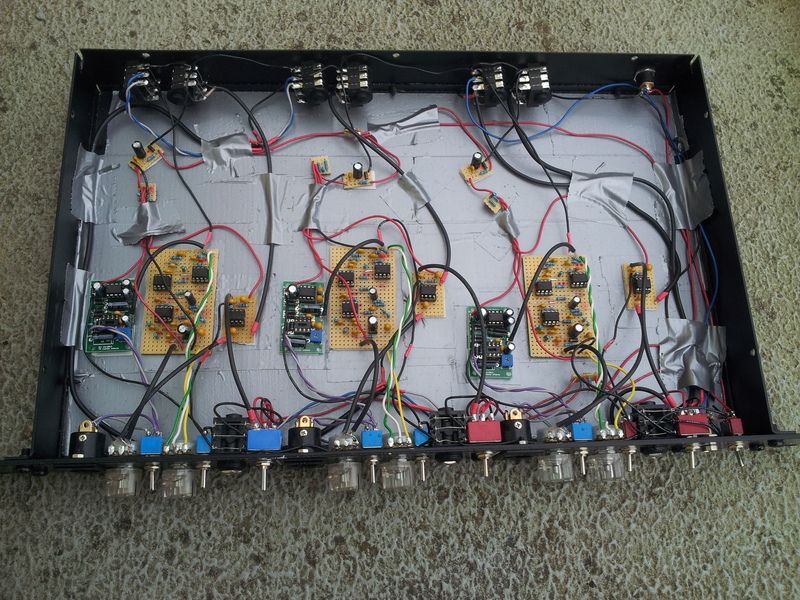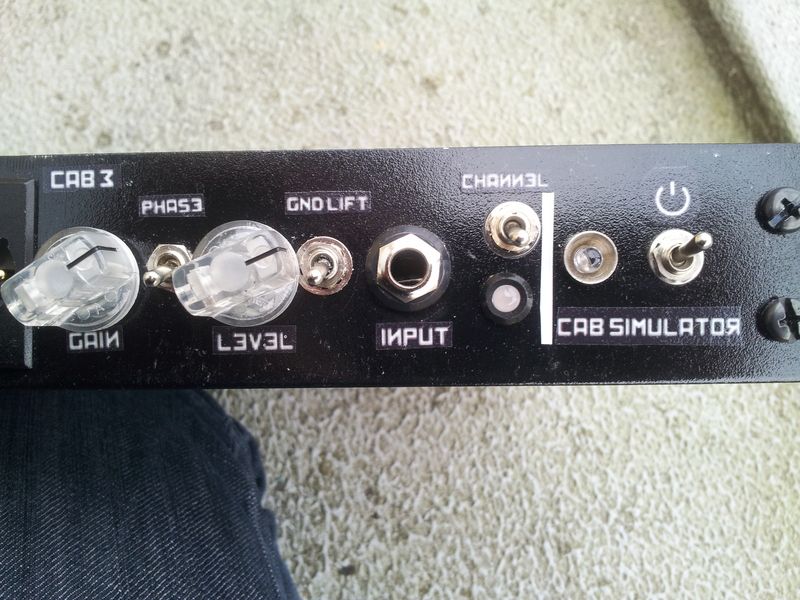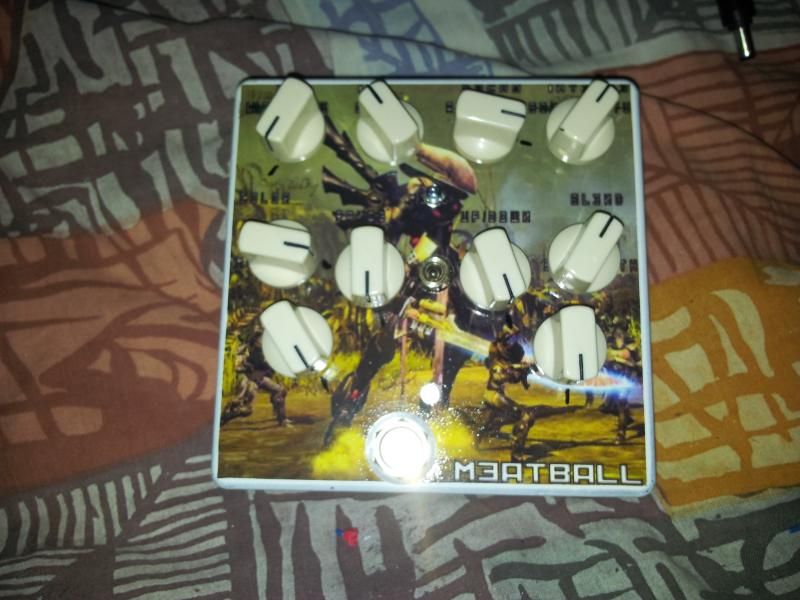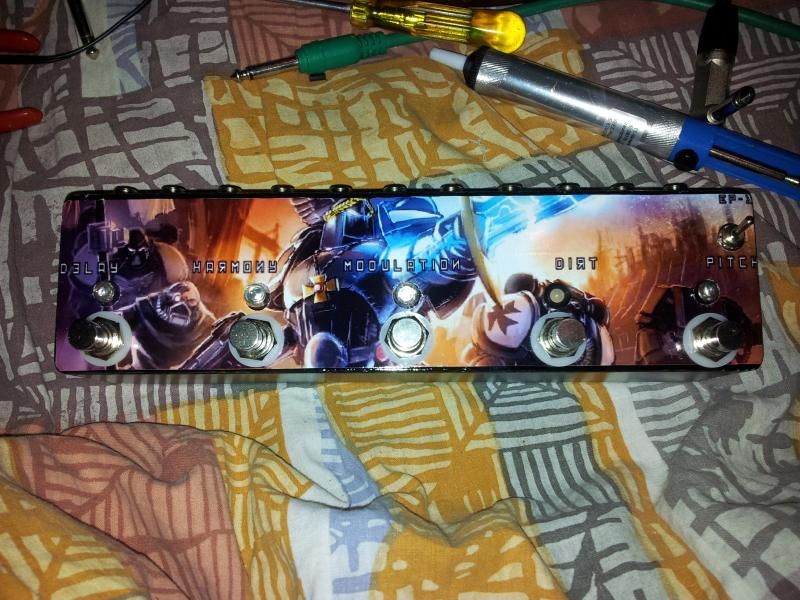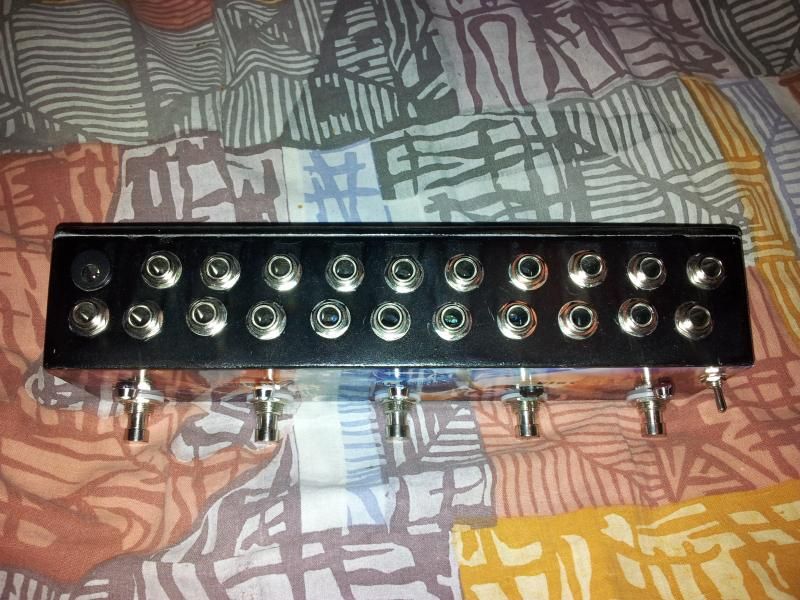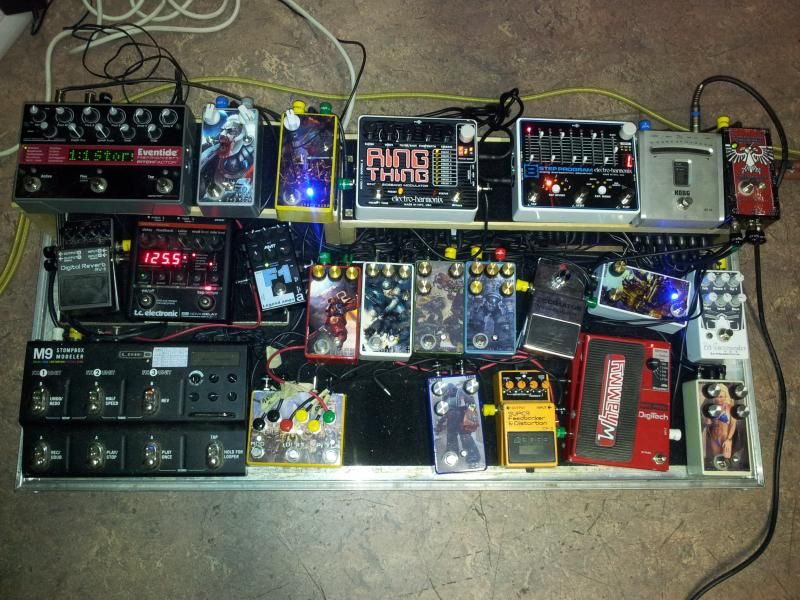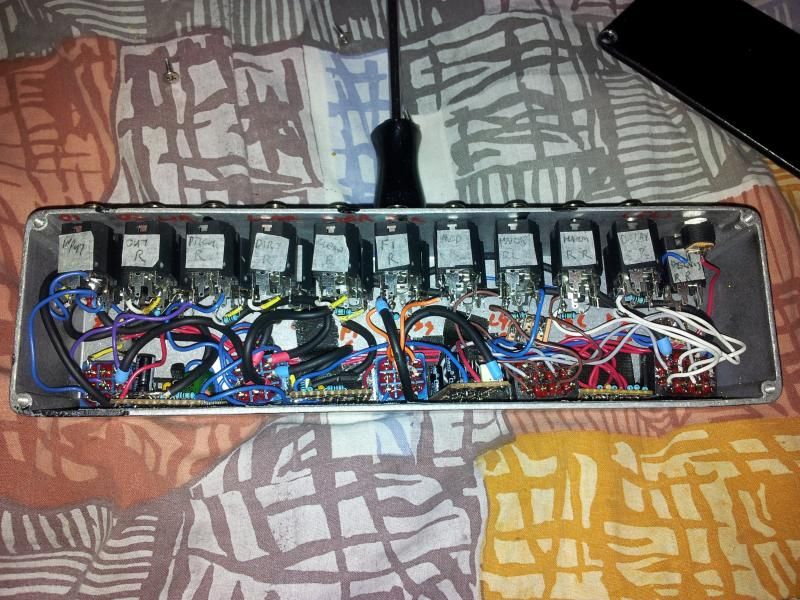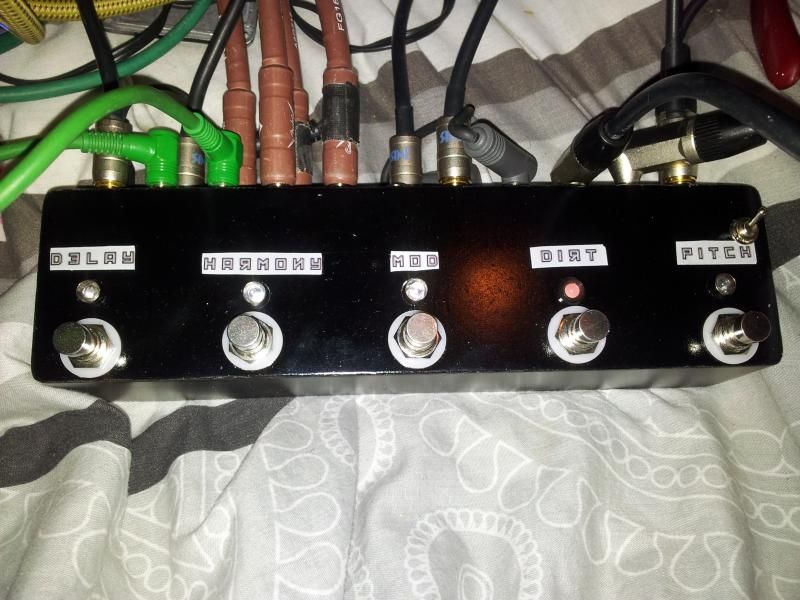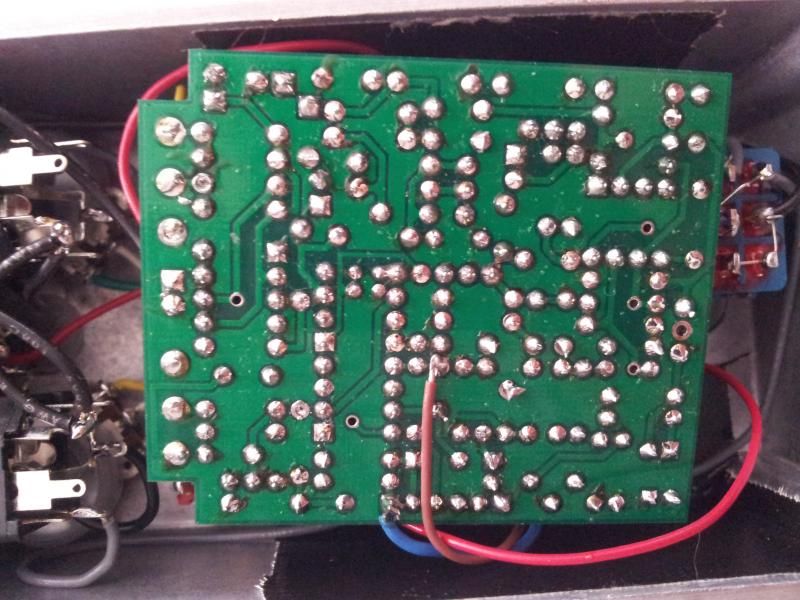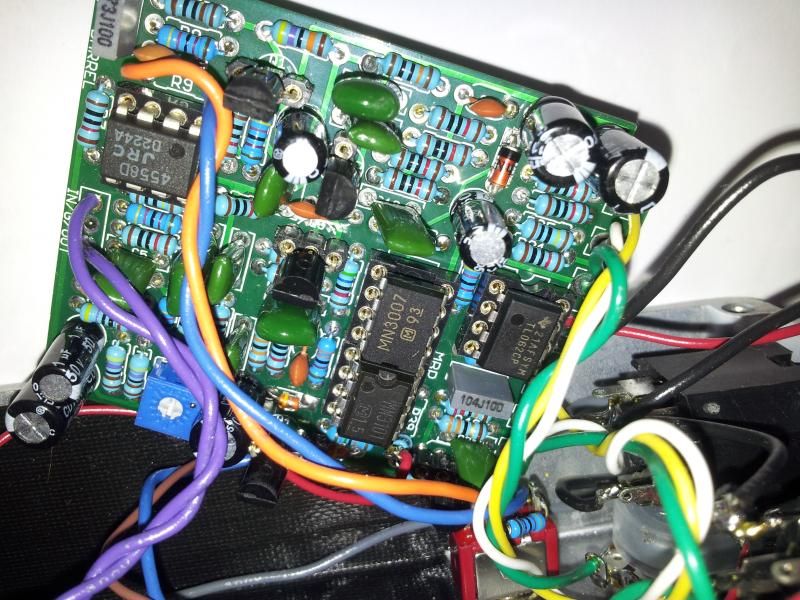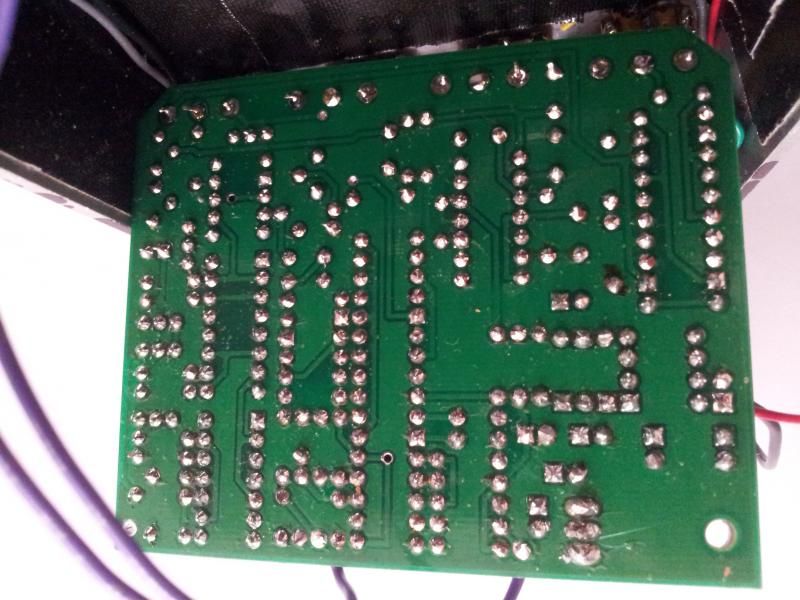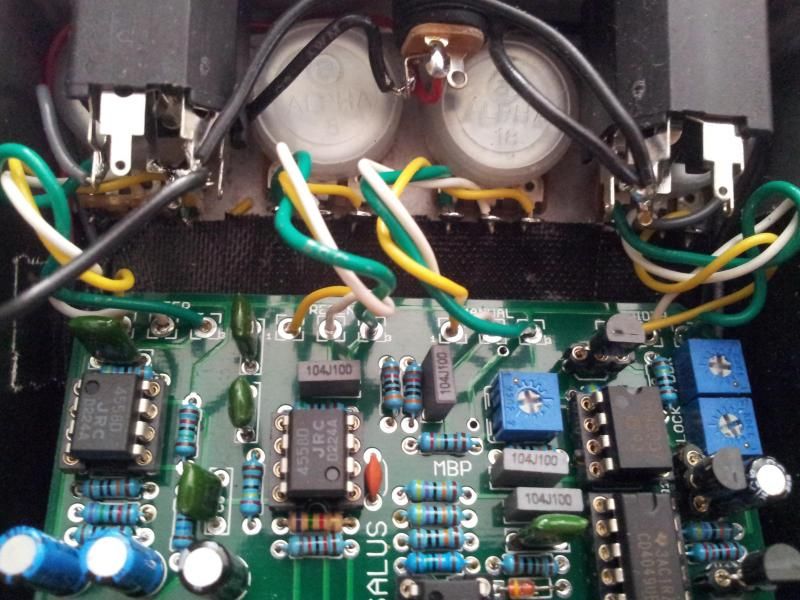New Mixer Day!
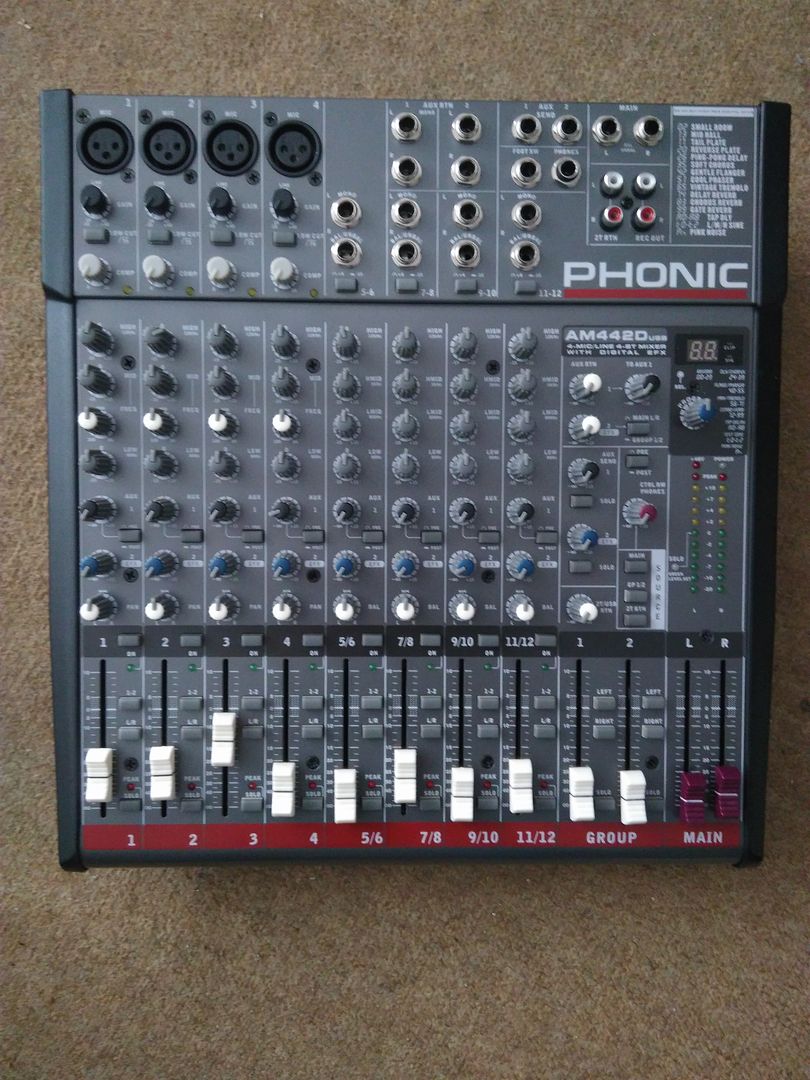
A new mixer for my home stereo setup. For years I had a standard home stereo tower which included tape deck, CD player, tuner and amplifier. But I never used it anymore, as there's nothing on the radio worth listening, CD's are basically ancient technology and the less said about cassette tapes the better. I only listen to MP3's from my PC via some PC speaker. That deserved better in my opinion. Since I had an old 12U 19" rack gathering dust I decided to put it to good use. I kept the amplifier and CD player, for the occasional time I still play a CD. But the beating heart was now an old Phonic mixer that I had for years. I now have the CD player, my PC and provisions for a laptop all running through the mixer. In addition to the stereo amp and speakers I kept the old PC speaker set and added two active monitor speakers in case I want to do some serious mixing of music. Old stereo set is into the CTRL outs, monitor speakers are in the main outs and the old PC speakers are in the headphone outs. When I turn them all three on it's glorious.
So glorious in fact that I decided to upgrade my mixer. This in turn so I can also plug in guitars and keyboards. I again went for a Phonic mixer as my old mixer has served me very well in the past, surviving a lot of abuse on the road. In that price range I could also have gone for Behringer, over my dead corpse, or a Soundcraft, which had me tempted but it didn't have an on/off button. Which might make sense in a studio setting, but for home use I do fancy the ability of turning my stuff off. On the plus side I now gained parametric mid EQ, Groups, mute buttons, inserts and USB out. Next plan is to build myself a cable snake so I can insert guitars and keyboards on the other side of my room without tripping over cables going through my room. Made possible because when I ordered 5 meters of microphone cable on a previous order they accidentally gave me 500 meters.

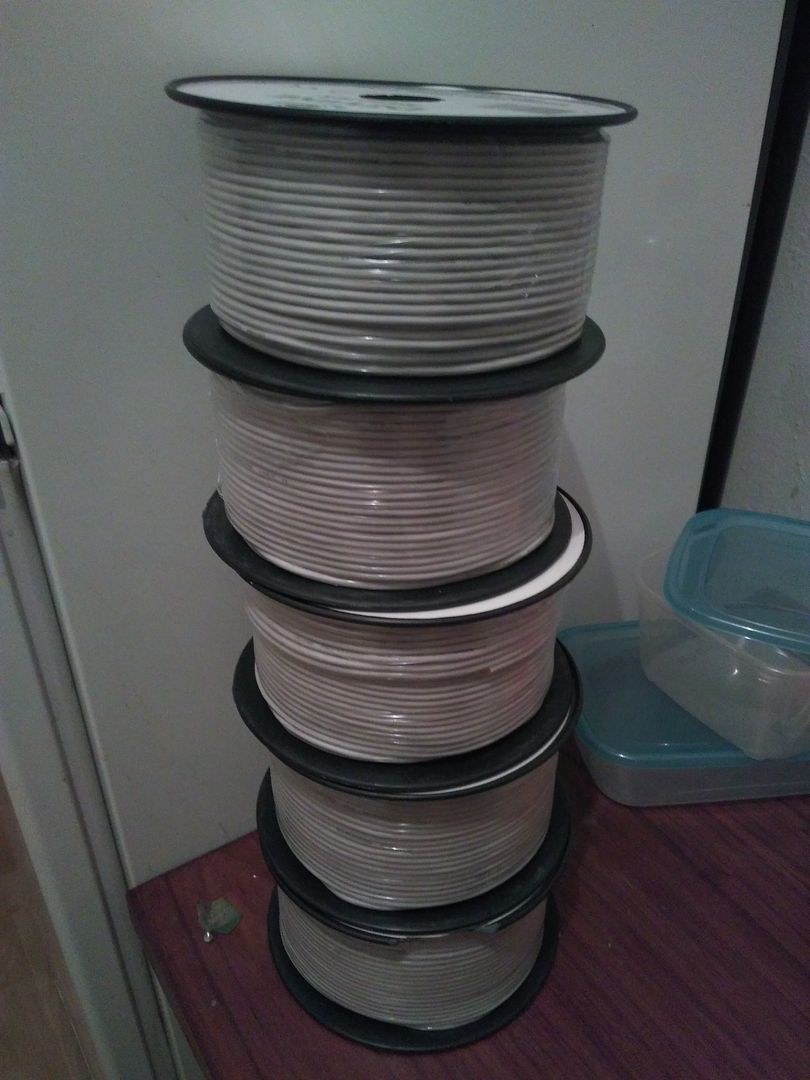

A new mixer for my home stereo setup. For years I had a standard home stereo tower which included tape deck, CD player, tuner and amplifier. But I never used it anymore, as there's nothing on the radio worth listening, CD's are basically ancient technology and the less said about cassette tapes the better. I only listen to MP3's from my PC via some PC speaker. That deserved better in my opinion. Since I had an old 12U 19" rack gathering dust I decided to put it to good use. I kept the amplifier and CD player, for the occasional time I still play a CD. But the beating heart was now an old Phonic mixer that I had for years. I now have the CD player, my PC and provisions for a laptop all running through the mixer. In addition to the stereo amp and speakers I kept the old PC speaker set and added two active monitor speakers in case I want to do some serious mixing of music. Old stereo set is into the CTRL outs, monitor speakers are in the main outs and the old PC speakers are in the headphone outs. When I turn them all three on it's glorious.
So glorious in fact that I decided to upgrade my mixer. This in turn so I can also plug in guitars and keyboards. I again went for a Phonic mixer as my old mixer has served me very well in the past, surviving a lot of abuse on the road. In that price range I could also have gone for Behringer, over my dead corpse, or a Soundcraft, which had me tempted but it didn't have an on/off button. Which might make sense in a studio setting, but for home use I do fancy the ability of turning my stuff off. On the plus side I now gained parametric mid EQ, Groups, mute buttons, inserts and USB out. Next plan is to build myself a cable snake so I can insert guitars and keyboards on the other side of my room without tripping over cables going through my room. Made possible because when I ordered 5 meters of microphone cable on a previous order they accidentally gave me 500 meters.





